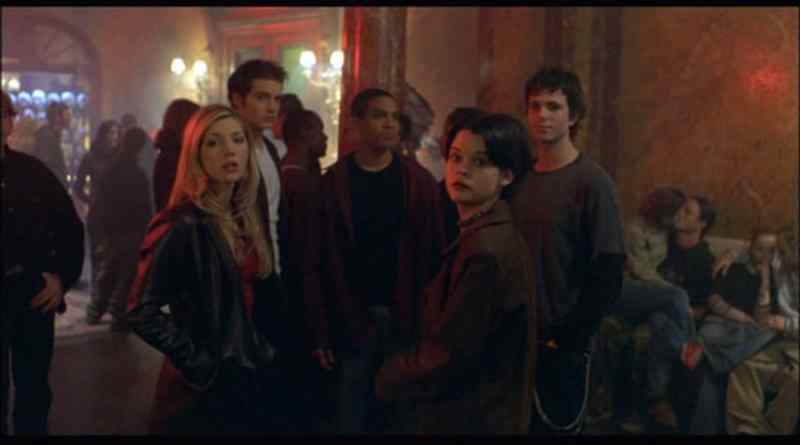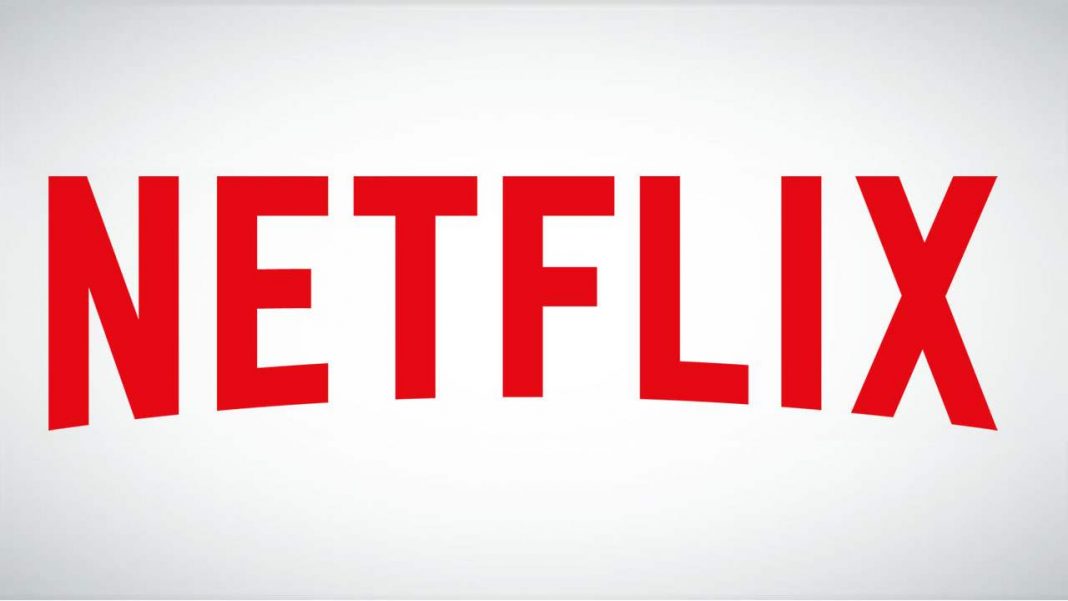The Hellraiser sequels are a bit of a mixed bag. While the second is hopefully still considered something of a classic—not as much as it used to be, certainly—the third seems to divide fans and the fourth is an ambitious entry that is slowly building a cult following over time. After that one, the series took a direct-to-video direction. For many, that’s just where the series ended in their eyes. Others went in with a grain of salt and got the most out of the obviously scaled back new sequels. Inferno has its fans, Hellseeker and Deader have far fewer fans—even though I honestly think they might be better movies—even if one of them brings back original franchise star Ashley Laurence. But for the most part, those three sequels are essentially the same story told three times.
Luckily, there was a desire to move in a different direction for Hellworld. And at the end of the day, I can at least give it credit for that. They probably didn’t recognize just how similar the previous three were, given that Deader and Hellworld were shot back-to-back and released in the same year, but they still decided to go in a new direction all the same. Unfortunately, this bold new direction doesn’t really make any sense.
Hellraiser: Hellworld feels like it’s a few years too late to the post-Scream party. That’s obviously the direction that everything took in the late ‘90s, but the franchise was dead during that whole period. Bloodline had bombed in theaters and it was becoming clearer that there was not going to be another theatrical Hellraiser (at least for a ver long while), so we didn’t get another until Inferno came along in 2000. With that in mind, Hellworld feels like something of a step forward and a step back at the same time.
That becomes doubly obvious when the action heats up and people start getting killed. The set-up reeks of post-Scream slashers, but the deaths feel completely of the era. If you ever wondered what Hellraiser looks like during the height of Saw, this is the answer. There’s at least one death that absolutely resembles a Jigsaw trap, if on an even smaller budget than the original Saw had to work with.

Scream works because it’s about kids who watch horror. They’re bouncing real titles, real plot points and tropes off of each other and it works because we’re right there with them. We know those films they’re referencing and we’ve seen all of the same clichés.
Hellworld operates under the knowledge that all of the characters in the movie know exactly what Hellraiser is. They know the mythology, they know the Cenobites and the Lament Configuration—which one character definitely calls a Lamont Configuration, presumably used to summon Joe Lamont’s “Quiet Cool”—and they know all about Lemarchand, creator of the original box. Except no, they actually don’t, because in the movie there are no Hellraiser films, it’s all a video game called Hellworld. So for the entire duration of the film, we’re existing in this weird gray area where we can understand everything they’re talking about up to a certain point.
That’s a very bizarre approach to a meta narrative and it’s one I’ve never really seen since. It allows for a basic understanding of the series, fans will still get basically everything being talked about—but the whole idea still revolves around a game that we, as the audience, know nothing about. And for the only entry in the series that plays at pointing out all of the classic Hellraiser elements, it remarkably feels the least Hellraiser-ish of the entire bunch.
It has a much younger cast than the other filmss, which is not something I’m opposed to, but it also doesn’t revolve around anything we would have ever seen in an earlier Hellraiser. For all the Cenobite window dressing, this is more or less a killer video game movie that eventually turns into a Saw-esque revenge thriller. Pinhead and his crew don’t need to be there. In fact, up until the final few scenes, they actually aren’t.
The film already has an antagonist in Lance Henriksen’s Host. He’s got the charisma, the charm, the creepy sleaziness that you need from a villain in this kind of feature. It’s Lance Henriksen we’re talking about, he could carry the whole thing on his shoulders, and he basically does. While Pinhead’s rarely the central villain of the series, it’s weird to see him play second fiddle in the same way he does here.
But Pinhead’s treatment in the film can also be seen as one of the more appropriate bits of that meta approach because, in some ways, it actually ties into everything people imagine Pinhead to be before actually seeing one of the films. As a horror fan who’s never seen Hellraiser, someone usually thinks that it’s a movie about this dude with pins in his head dispatching helpless young people and taking them to Hell. Of course, that’s never been what it’s about and that’s clear as soon as you watch the original or any of the sequels leading up to this one.
That’s kind of what this one’s about, though, and it’s allowed to do that because it’s playing on people’s expectations of the franchise and of Pinhead as a character. This is the Hellraiser you imagined before you ever saw it and I get that there’s an appeal to that. I still don’t know if I like or need it, but I do get it.
Regardless, Hellraiser: Hellworld is finding an audience—thanks mostly to its cast, which includes Superman actor, Henry Cavill and Vikings star Katheryn Winnick. There are talented people in the film and for the most part, they don’t do a bad job with what they’re given. But it would just be great if they were given a little bit more. There’s not much of a character arc, except that one of them blames the others for their friend killing himself because he played the game too much. Which is kind of another sour point, because it almost seems like the movie does point the blame at video games for that kind of violence.
 On some level, it’s actually interesting that this meta approach to Hellraiser is done in a film where the Cenobites themselves are largely absent, because at that point, all the Cenobite action we see actually stems from the characters hallucinating them. And it makes sense for them to see that kind of imagery while drugged because they’re Hellraiser—sorry, Hellworld—junkies.
On some level, it’s actually interesting that this meta approach to Hellraiser is done in a film where the Cenobites themselves are largely absent, because at that point, all the Cenobite action we see actually stems from the characters hallucinating them. And it makes sense for them to see that kind of imagery while drugged because they’re Hellraiser—sorry, Hellworld—junkies.
But then the Cenobites show up at the very end, which is clearly something that’s meant to sate the fans’ worry. It’s a scene that says, “Don’t worry, this is still a Hellraiser movie” in the most blatant way possible. But, in the context of the franchise, what does that mean exactly? It almost makes more sense and is maybe even a more interesting movie if the Cenobites don’t actually show up at the end. Then this could’ve been the New Beginning or even the Halloween III of the Hellraiser series.
Instead, it means that Hellworld is clearly something that exists in the Hellraiser universe now. There’s a hugely popular video game and tons of people are playing it, which would only render the secret, forbidden aspects of the mythology completely null and void. If this game is as popular as these characters make it out to be, then there are probably people looking for Lament Configurations in every back alley.
But I also kind of love the idea that some rich CEO would have a run-in with Hell and find a way to make a profit off of it. If that’s all this sequel ultimately adds to the franchise… well, I’m not sure it’s enough but it does at least make for an interesting anecdote.
Ultimately, that’s just what Hellworld would come down to being, an anecdote in the franchise’s history, if it weren’t for the fact that this marks Doug Bradley’s last performance as Pinhead. That’s ultimately the thing that sours it. It’s not a great idea, even if there’s an attempt made in its execution, but it all seems that much worse when we have to take it as Bradley’s swan song.
Its approach to meta is both the most baffling and intriguing thing about it at the same time. Without it, I’m not sure the sequel would have much to offer, but the in-references and in-jokes get a little bit lost when even die-hard fans aren’t totally sure what the characters are talking about.







